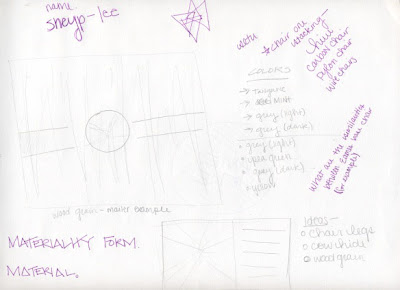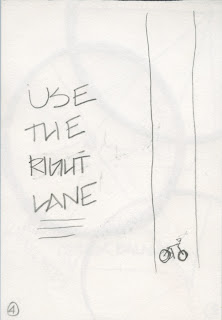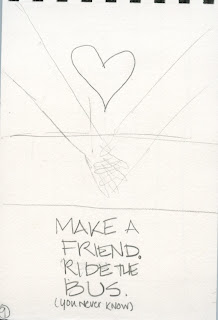I've been rigorously sketching, trying to get a grasp on what direction I'm headed before I even begin creating the branding materials for this project on the computer. So far, the only computer work I've done has been picking out colors and typefaces. All of these elements are definitely subject to change! I' m definitely not ready to marry an idea yet, however, I definitely know I want to focus on the details of the forms and the forms within the forms as a way of showcases the elements within the furniture that make it unique.
Colors:
Color wise, I think I want to head in a direction that is both contemporary, but also is a reference to older furniture design.
Typeface:
Franklin Gothic Roman
Sketches/Ideas:
I'm really unsure about my logo at this stage. I think I really need feedback from some people. I just want to make sure the logo really fits my concept in terms of focusing on the details and forms/shapes of the furniture.






































